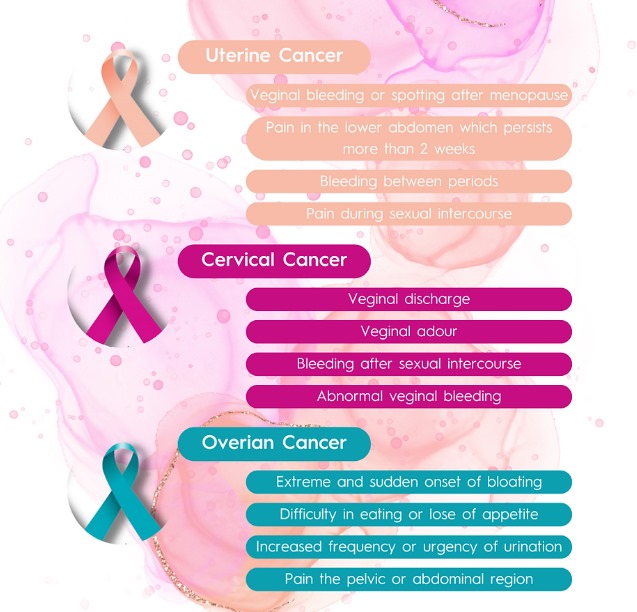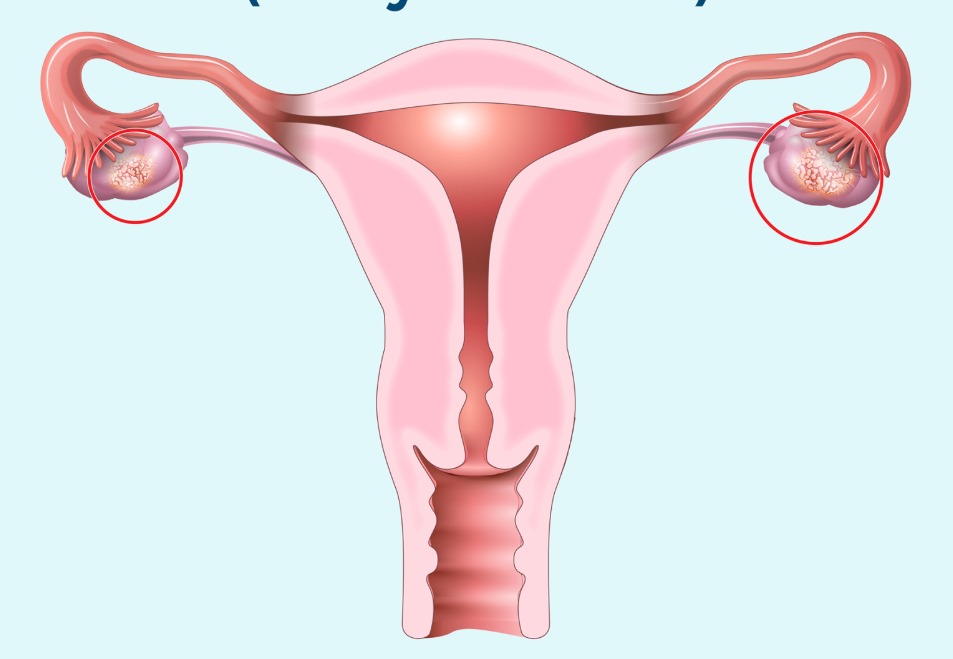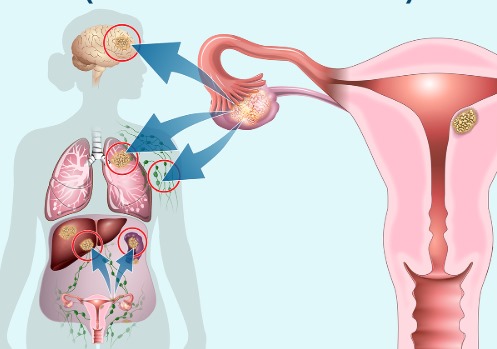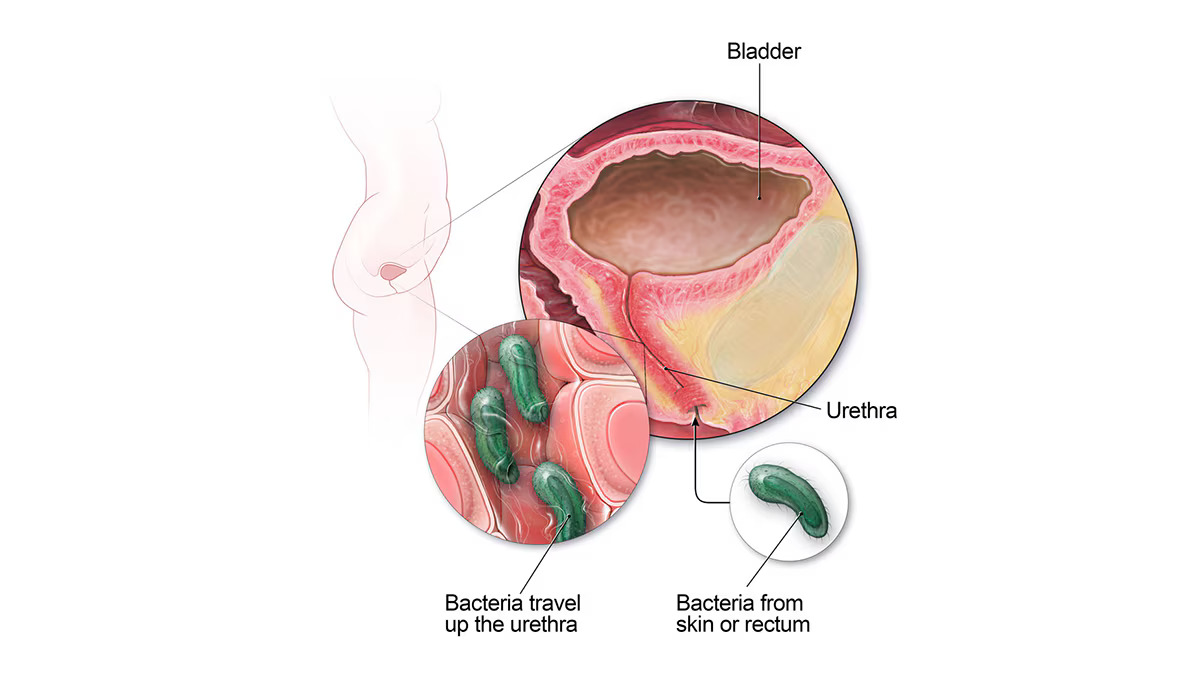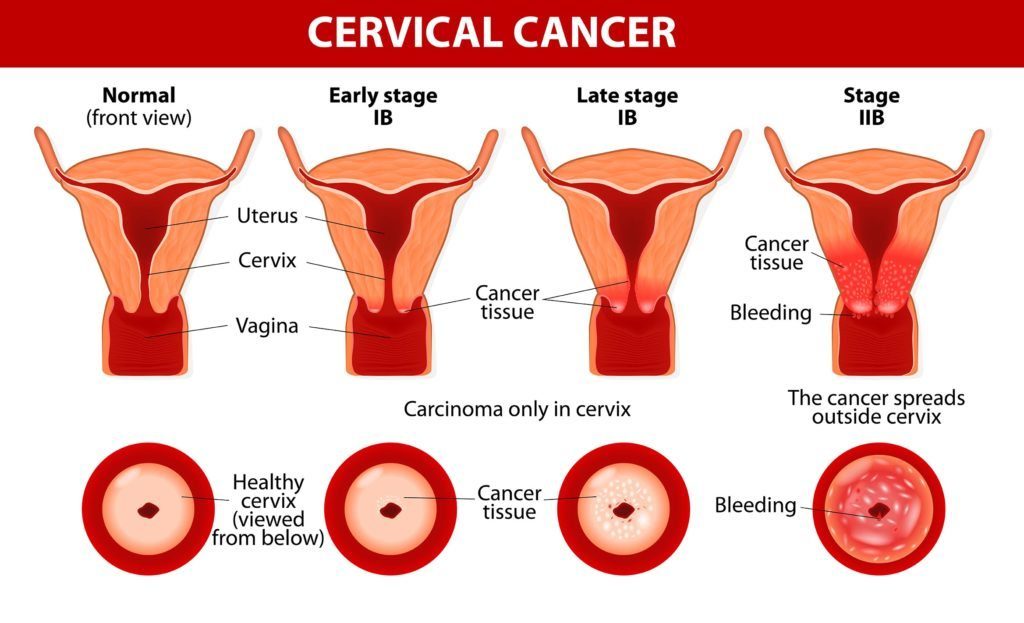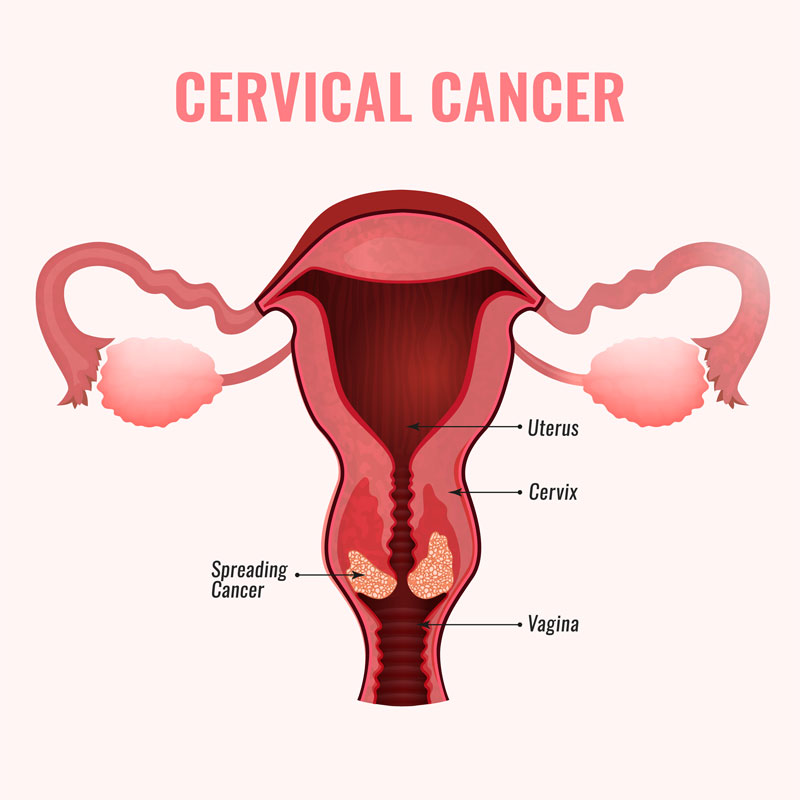Gynecologic Oncology
Ovarian Cancer
Ovarian cancer begins in the ovaries and is often challenging to detect early. It is the most deadly of the gynecologic cancers due to the lack of early symptoms.
Learn More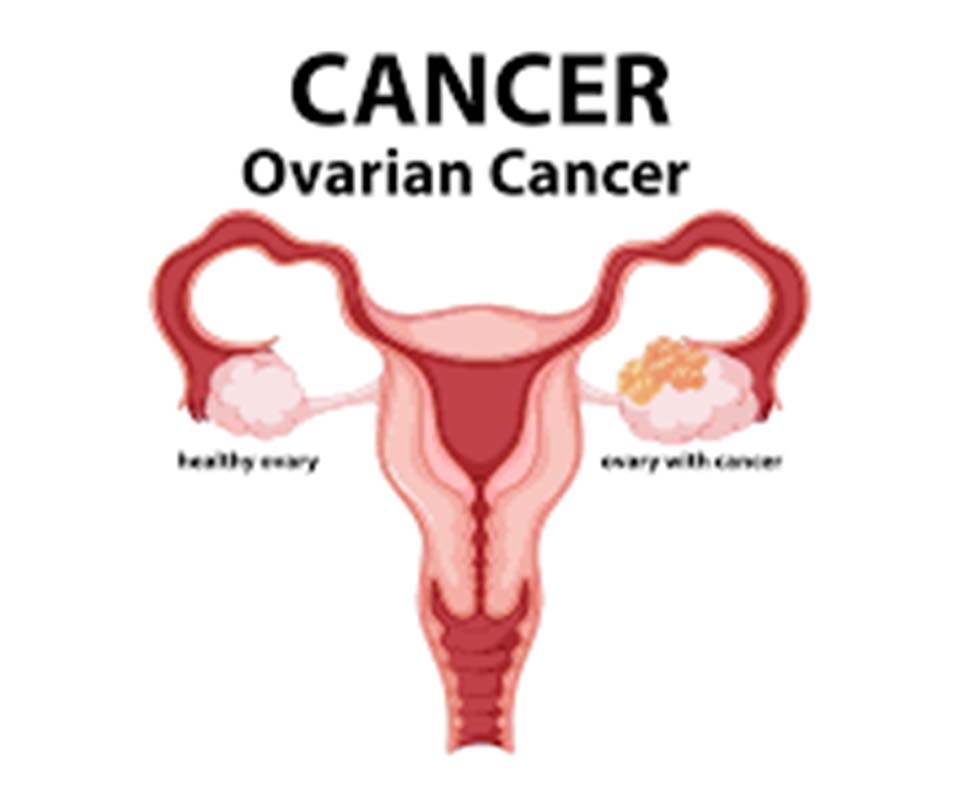

Uterine Cancer
Uterine cancer primarily originates in the lining of the uterus (endometrial cancer) and is the most common gynecologic cancer in women.
Learn More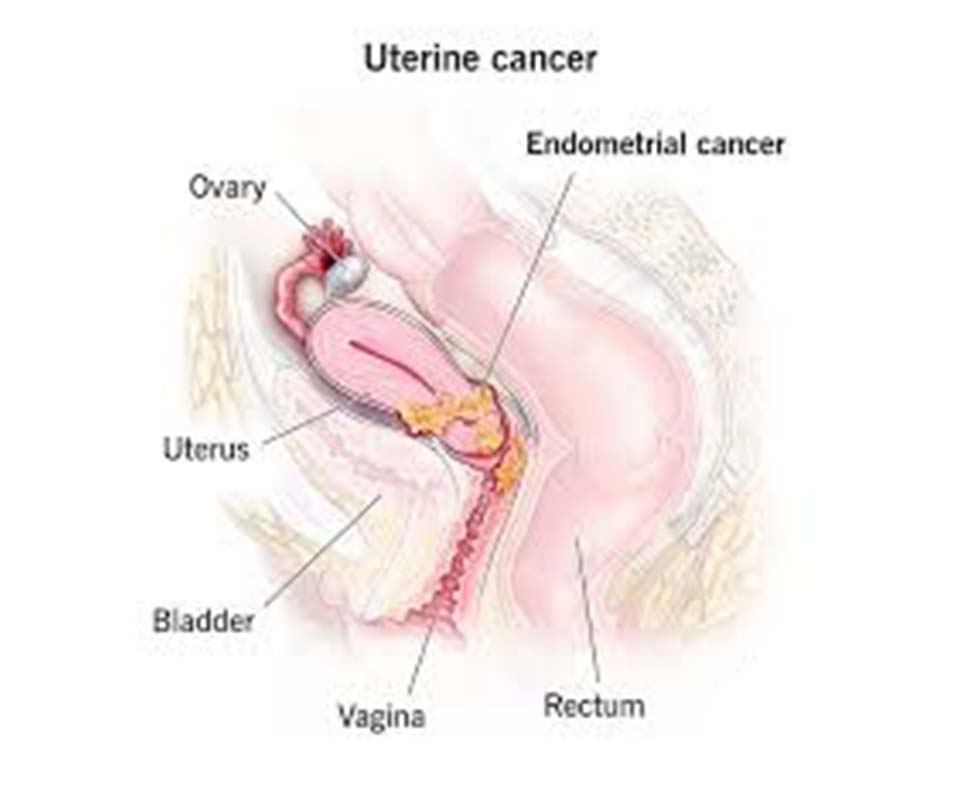

Cervical Cancer
Cervical cancer originates in the cells of the cervix and is often linked to human papillomavirus (HPV) infection.
Learn More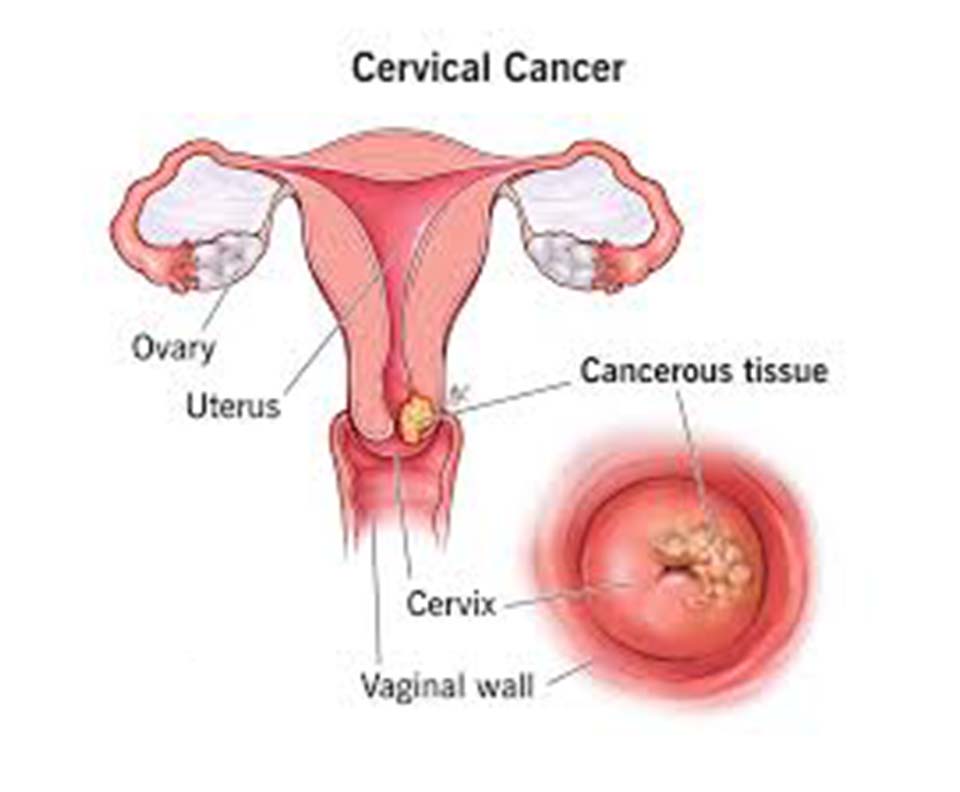



)





